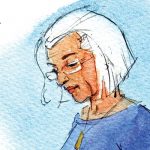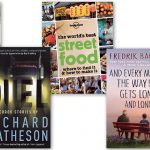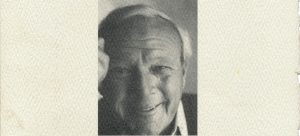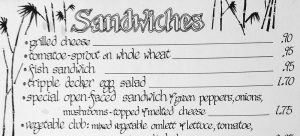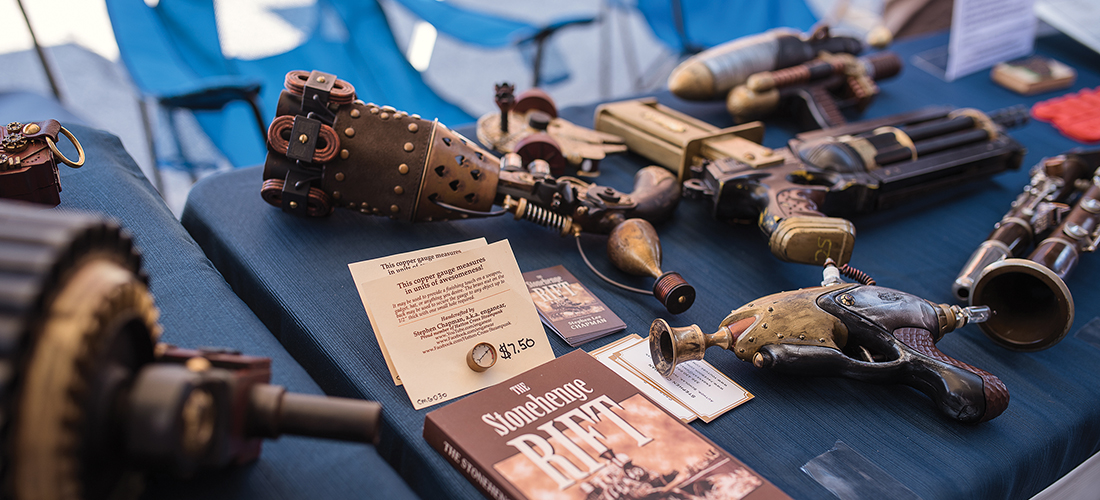
From bookbinding to oyster shuckers, Greensboro’s Mini Maker Faire makes its debut
Photographs by Amy Freeman
Wood, wire, metal, plastic, paper . . . Against the whirr and buzz of machinery, and the hum of enthusiastic onlookers, a group of inventors, artists, artisans and entrepreneurs gathered earlier this fall at the Forge in downtown for Greensboro’s first Mini Maker Faire. One of a growing number of communal workspaces, the Forge offers classes in woodworking, metalworking and electronics, all highlighted in various incarnation at the Faire. Call them lost tradecrafts or vocational skills; they were once the stuff of high school curricula and science clubs. Now they’re making a resurgence in the D.I.Y. wave of post-Recesssion, 21st-century America. Below, a few examples of creativity, innovation and skill, which the Gate City obviously has in spades.
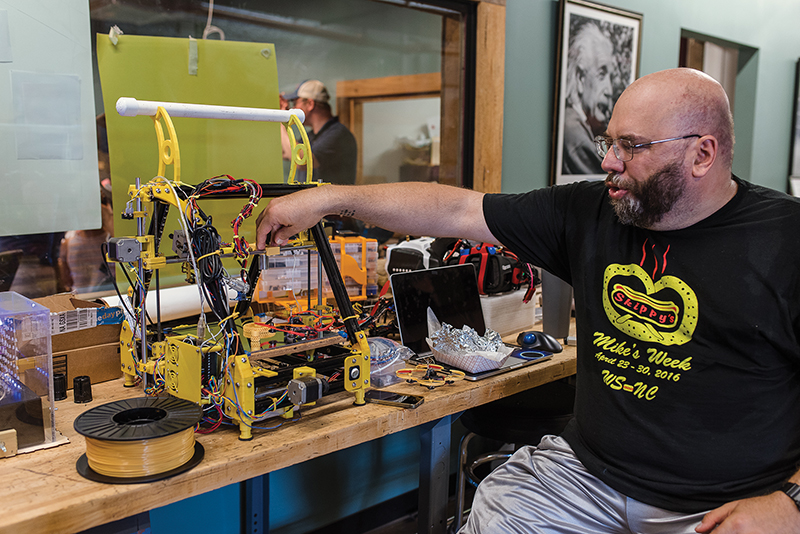
No, this contraption is not an Erector Set, but a 3-D printer. Usually filled with a plastic powder or coils, these machines emit fully sculpted objects that have been plotted on all axes by a computer.
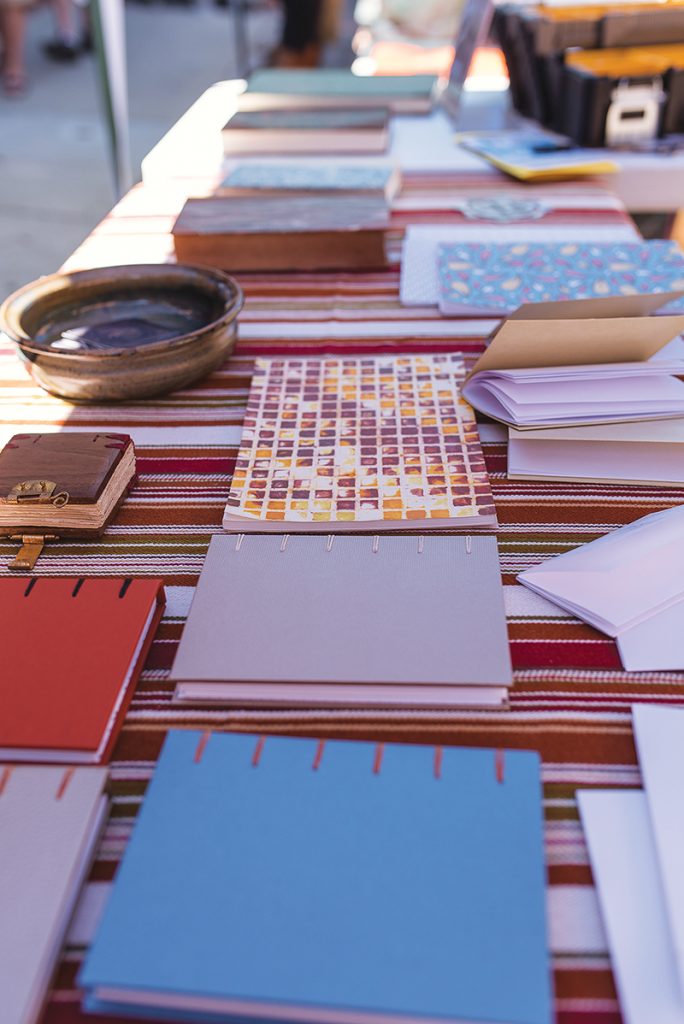
So much for e-books claiming the life of paper and print. Bookbinding is alive and well in the world of Gerald Ward (bibliopathologist.com). The artisan with a B.A. in English and a Masters of Library and Information Science from UNCG fashions journals and sketchbooks for sale, and works as a book and paper conservator. Ward also offers workshops in the traditional craft, including a recent session at Gibb’s Hundred Brewing Company, “Bookbinding and Beer.”
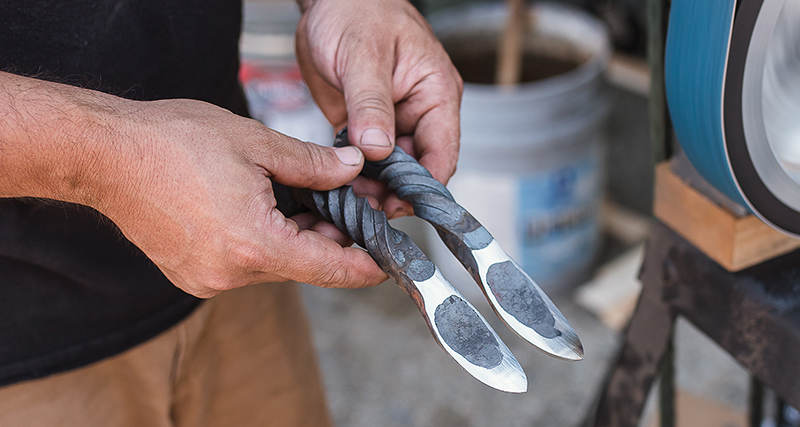
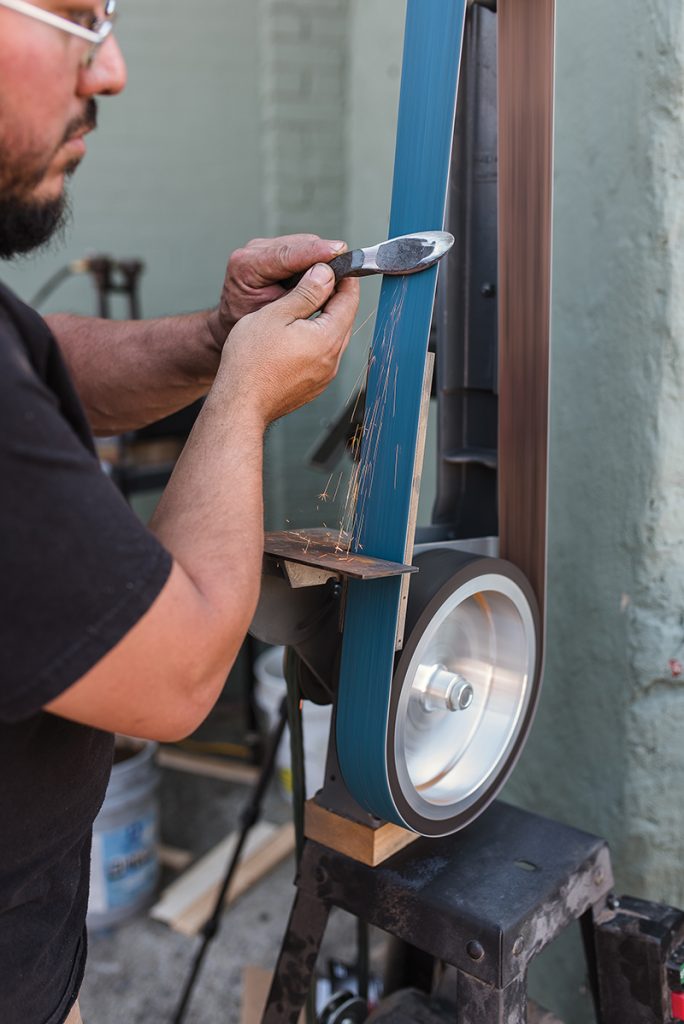
It doesn’t matter whether you pronounce them “oysters” or “ersters.” What does matter is that you can crack their shells. Thanks to Phillip Fuentes, you’re in luck. Though he considers himself a cabinetmaker, the Greensboro resident learned blacksmithing to make the tools of his trade. He is shown here “blacksmithing” his elegant oyster shuckers. Check out Fuentes’ Etsy page at www.etsy.com/people/PFCabinetmaker.
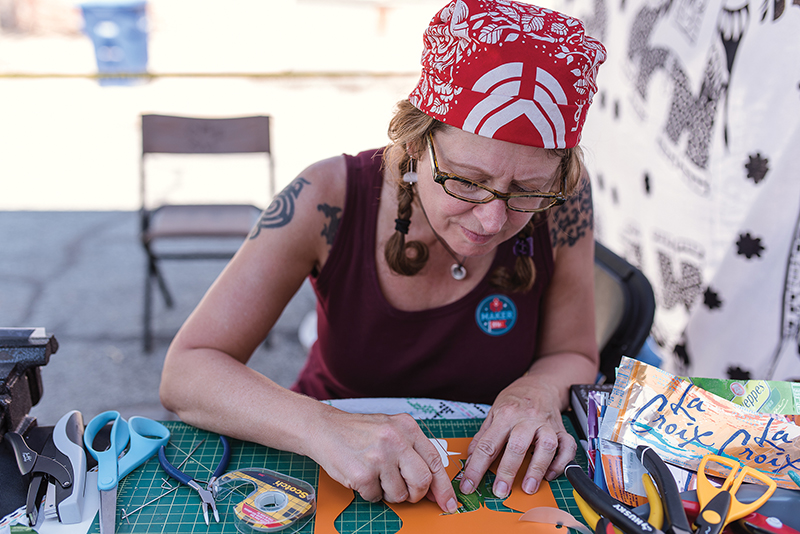
That pinwheel shape you see will be hung aloft as a part of a mobile, those mesmerizing airborne sculptures that move with the air currents. Made from cans, the mobiles are the work of Michelle Folkman (michellefolkman.com), an instructor in digital media and design at Davidson County Community College.
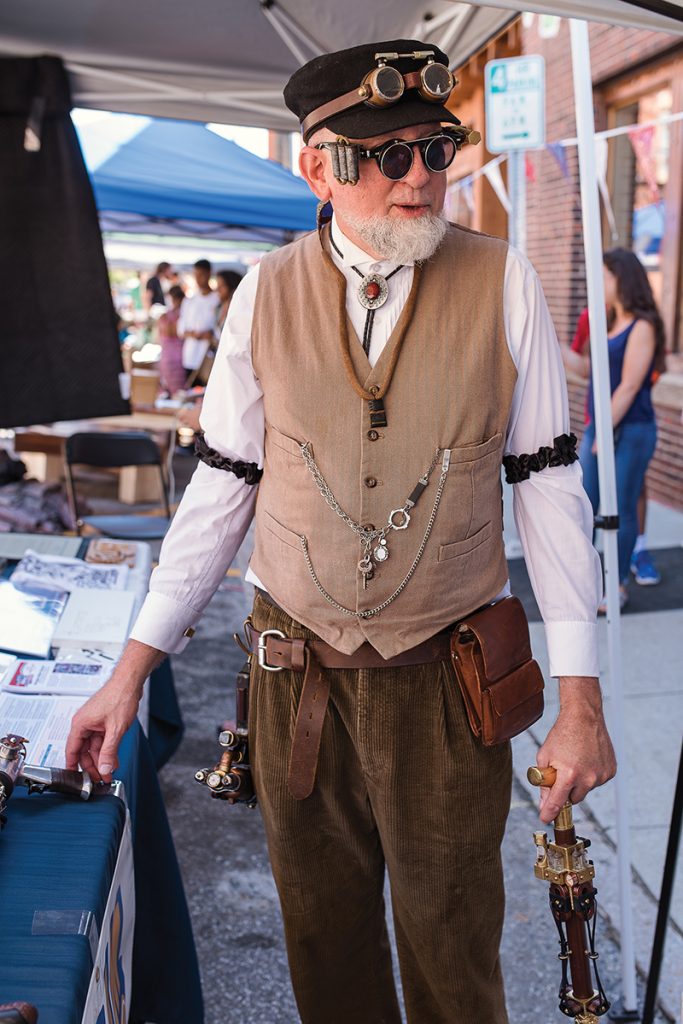
Billing himself as “an author, a scholar, an inventor, an artisan,” Stephen Chapman is an engineer by day and an “enganear” in his spare time. An enthusiast of Steampunk (a subgenre of science fiction incorporating technology and design), Chapman exhibits the inner workings of guns and his novel, The Stonehenge Rift, about a weapons master for a secret organization in 1890s England.
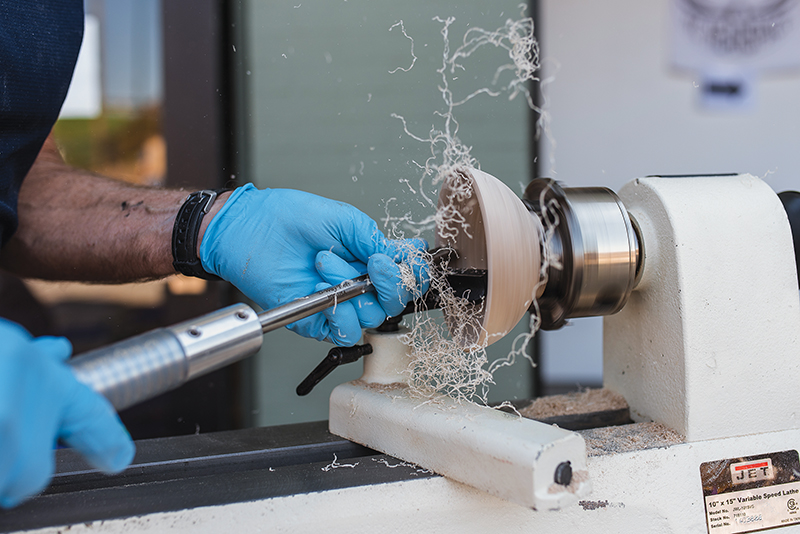
The fine ribbons of wood fiber fly, as Barry Walker turns a bowl into a smooth, fine work of art.
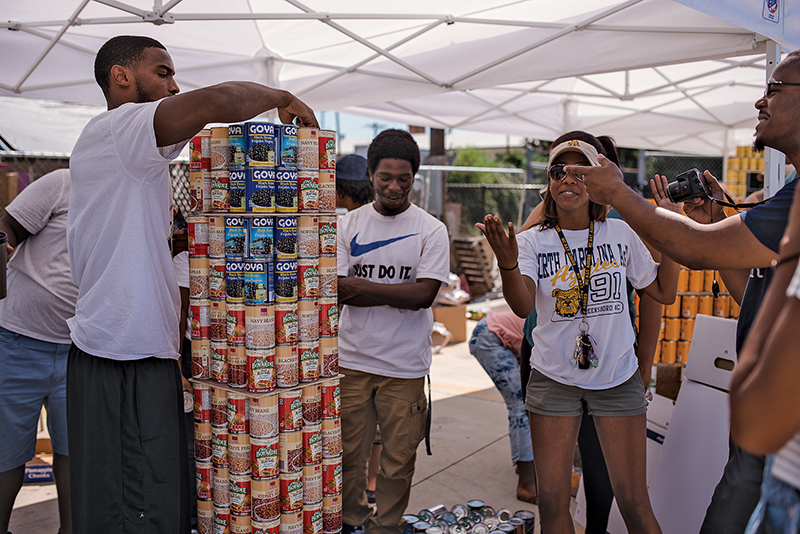
The AIA (American Institute of Architects) hosted a “canstruction” competition, in which participants build structures from cans of food, which are then donated to local food shelters — part of AIA’s mission of “deCANstructing hunger.”

